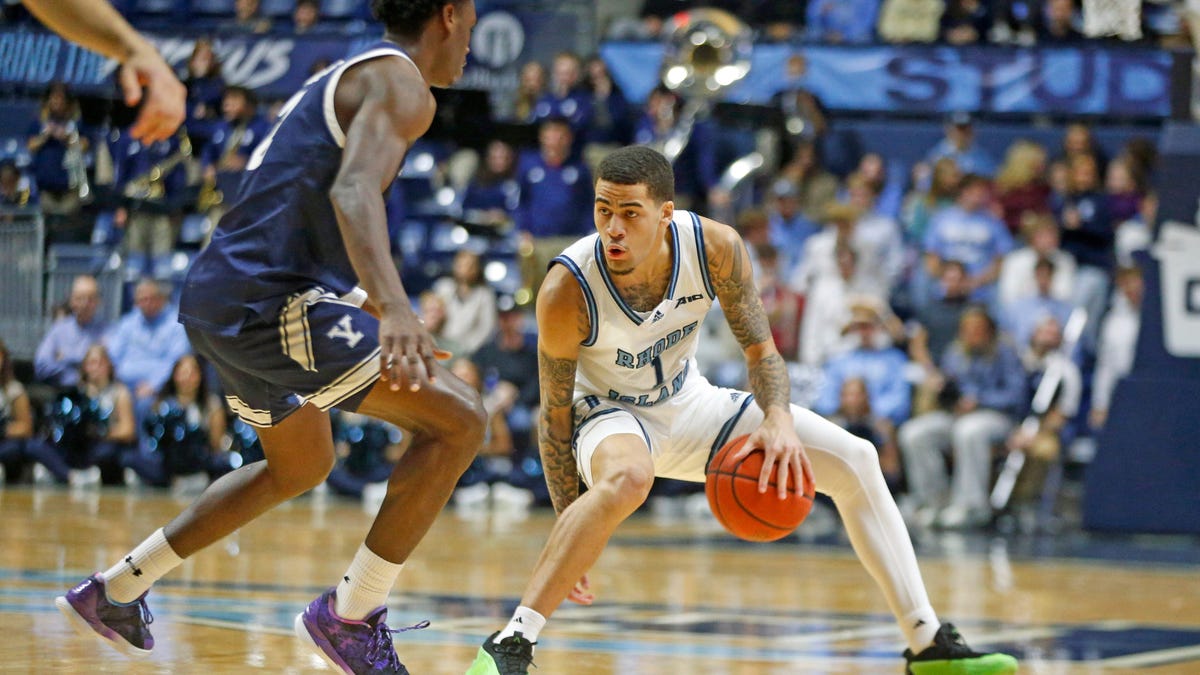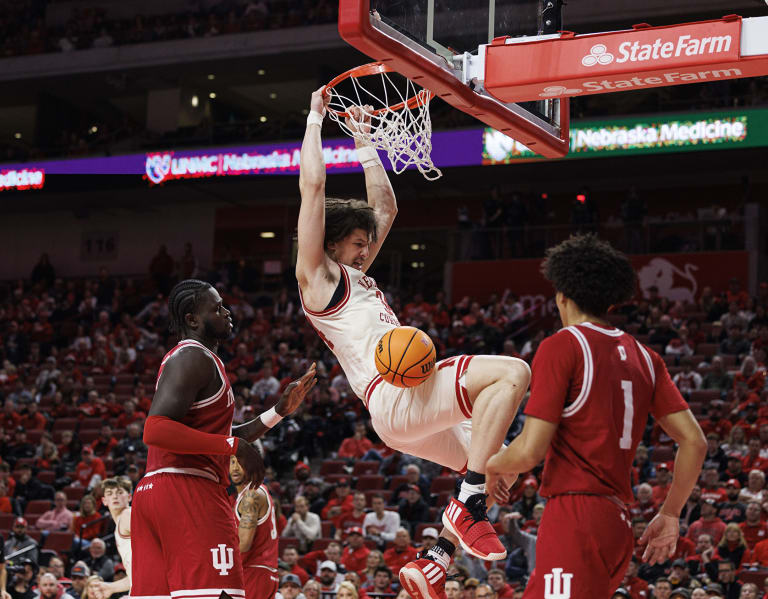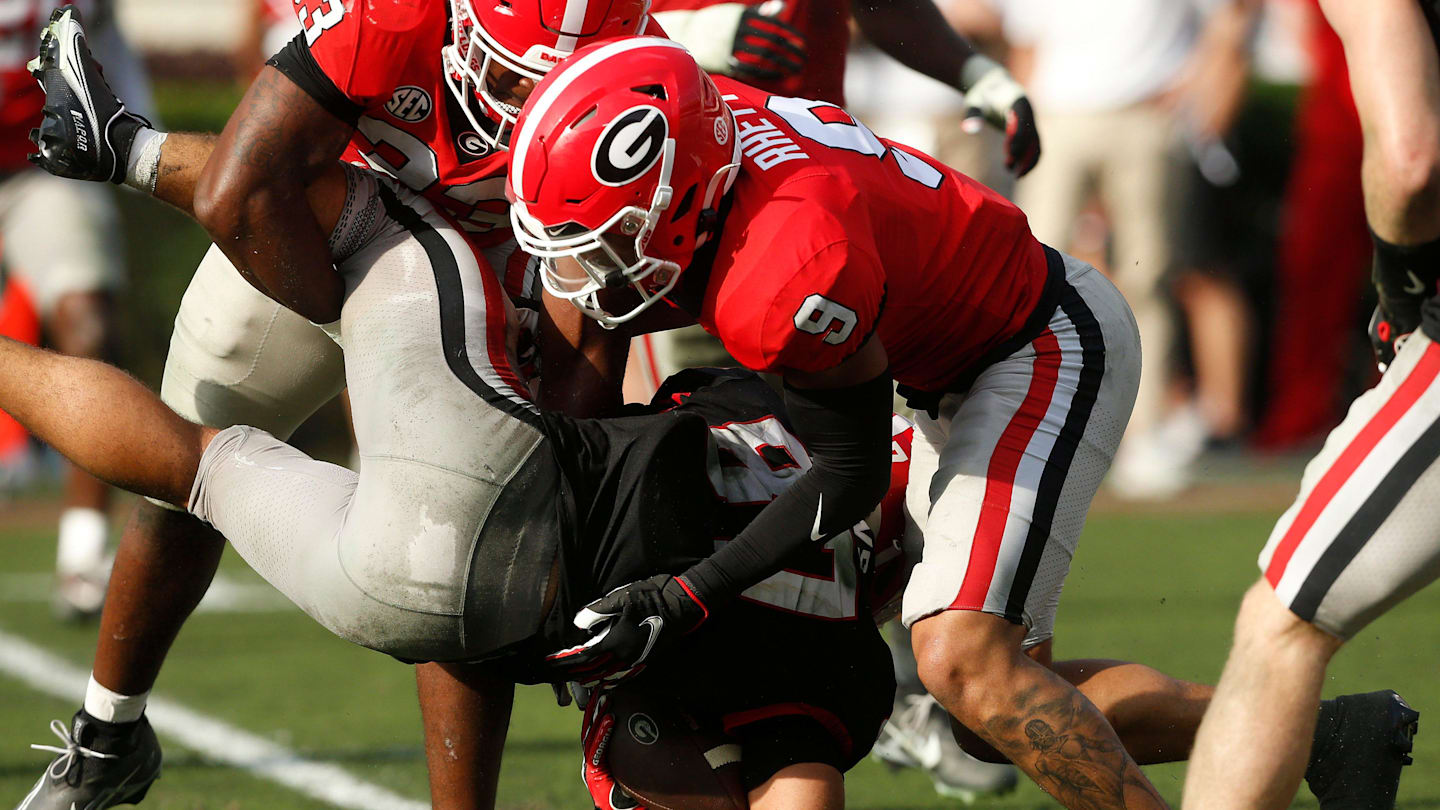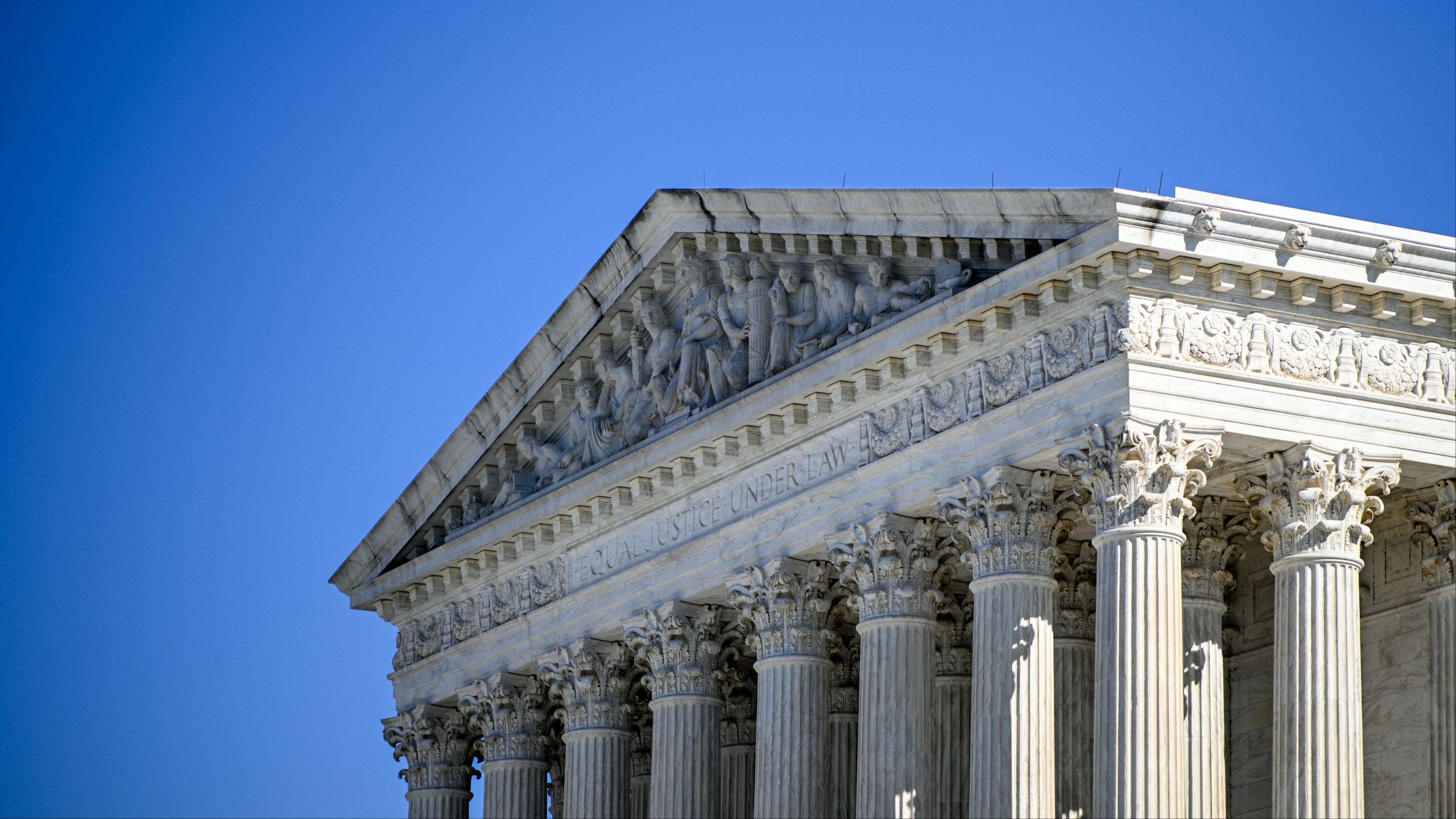From postgame pastry-eating celebrations to subpar quarterback play and teams impacted by transfers and opt-outs, this year’s college football bowl season has been a unique one. While other Big Ten foes closed their season on a high note last week with bowl wins, Nebraska once again remained on the sidelines.
As the Huskers enter the New Year, watching those games should provide motivation for where they want to be next season. Let’s drop into coverage:
1. Transfer wide receiver target emerges
In order to upgrade a passing offense which ranked in the bottom five nationally last season, Nebraska needed offseason reinforcements in two vital positions: quarterback and wide receiver. 2024 signees Dylan Raiola and Daniel Kaelin fulfilled the need for a quarterback, but outside of other incoming freshmen, NU has not yet added a wide receiver.
That could be changing soon. A visit window for transfer targets is coming up from Jan. 3-7, and the Huskers are reportedly interested in hosting Wake Forest wideout Jahmal Banks during that period. Getting Banks on campus is simply the first step in potentially landing an impact pass-catcher, with Ohio State transfer Julian Fleming still yet to announce a decision after taking December visits to NU and Penn State.
Particularly after Nebraska’s wide receiver depth was highly tested down the stretch last season, adding a veteran to the room will aid its overall strength. Isaiah Garcia-Castaneda and Alex Bullock are the most experienced receivers on the roster at the moment, while second-year players Malachi Coleman, Jaylen Lloyd and Jaidyn Doss are shaping up to become major difference-makers. Redshirt freshman Demitrius Bell is another player who could emerge as well.
As for the incoming 2024 wide receivers, don’t expect them to see the field right away. The surge in playing time for Coleman and Lloyd as freshmen was out of necessity, not by design.
Adding a veteran to the equation would help prevent that situation from happening again — but whether that will be Banks or not remains to be seen.
2. 2025 in-state recruiting
Having put the finishing touches on a 2024 recruiting class, Nebraska coaches will soon be on the road again. Another open recruiting period where coaches can conduct in-home visits runs from Jan. 12-Feb. 3, and the focus will be on furthering NU’s ties with 2025 prospects.
Three of Nebraska’s four commits in the class come from within the state’s borders — Omaha North’s Tyson Terry, Millard North’s Caden VerMaas and Bishop Neumann’s Conor Booth — and there are plenty more FBS-quality prospects who could also land at Nebraska.
Players to watch include Millard South tight end Chase Loftin, Omaha Westside linebacker Christian Jones, Lincoln Southeast edge rusher Pierre Allen Jr., Millard North athlete Pierce Mooberry, Omaha North quarterback Sebastian Circo and Lincoln Southwest wide receiver Jackson Carpenter. Other Division I players will emerge in the coming months as well.
For Nebraska’s part, the visit window will be crucial to continuing its control over the state’s top recruits. The Huskers signed eight in-state players in both their 2023 and 2024 recruiting classes.
3. Arizona’s rebuilding blueprint
The success of the Arizona Wildcats has been one of the best stories from this college football season. Taking over a program which went 0-5 in the shortened 2020 season, head coach Jedd Fisch went from a one-win season in 2021 to five wins, and now, a 10-win season that includes a bowl victory.
Rebuilding from the ground up in this era of college football is difficult — so how’d the Wildcats do it? Fisch laid out a key part of his blueprint when he first arrived in Arizona.
“In order to know if your team is tough, you better know how to run the football, you better be able to stop the run, and you better be able to cover kicks. If you can do those three things we know we’re gonna have a tough football team,” Fisch said in 2020. “…We’ll make sure that we get there and we’re gonna have a brand of football that people are gonna want to be a part of here.”
Remind you of anyone? The emphasis on buy-in, toughness and running the ball is highly similar to the areas head coach Matt Rhule has focused on rebuilding at Nebraska.
There are other elements of Arizona’s strategy which are also highly similar. Having let plenty of local talent escape, the Wildcat coaching staff recruited them back in the transfer portal and emphasized in-state recruiting in their first few cycles. Not all of those portal pickups and incoming recruits panned out — but recruiting size, speed and athletic traits paid off in a big way.
It took time to get there, but seeing the three-year results of Arizona’s rebuild should hearten Nebraska’s own outlook.
4. Outgoing transfer tracker
Of the five scholarship players who’ve entered into the transfer portal, three former Huskers have already found new landing spots. Cornerback Tamon Lynum had been committed to Pittsburgh for several weeks, while tight end Jake Appleget is now headed to Northern Illinois and defensive back Javier Morton is dropping to the FCS level with Alcorn State.
As for Nebraska’s two graduate transfer quarterbacks, it’s been a tale of opposites — Chubba Purdy has announced several new scholarship offers on social media, while Jeff Sims has been quiet about any potentially new destinations. Since entering the portal, Purdy indicated that California, North Texas, San Jose State and TCU all extended offers.
5. Onto the New Year
What will the year of 2024 hold for Nebraska football? Raiola’s arrival on campus will mark a major point in the Rhule rebuild — but its overall progress will be measured on the field, not off it.
The Huskers, set to return a dominant defense, are well-positioned to build on their first year under a new coaching staff.
The addition of West Coast schools Oregon, Washington, UCLA and USC will change the Huskers’ outlook within the Big Ten and provide a new road game experience.
At home in Lincoln, it’ll be the final year in Memorial Stadium as we know it as major stadium upgrades begin with the demolishing of South Stadium after the season.
And where will be the Huskers be next January? Perhaps preparing to play a bowl, or coming off a win in one?
See you next year to find out the answer.


























/cdn.vox-cdn.com/uploads/chorus_asset/file/25789444/1258459915.jpg)

/cdn.vox-cdn.com/uploads/chorus_asset/file/25546252/STK169_Mark_Zuckerburg_CVIRGINIA_D.jpg)


/cdn.vox-cdn.com/uploads/chorus_asset/file/23951353/STK043_VRG_Illo_N_Barclay_3_Meta.jpg)